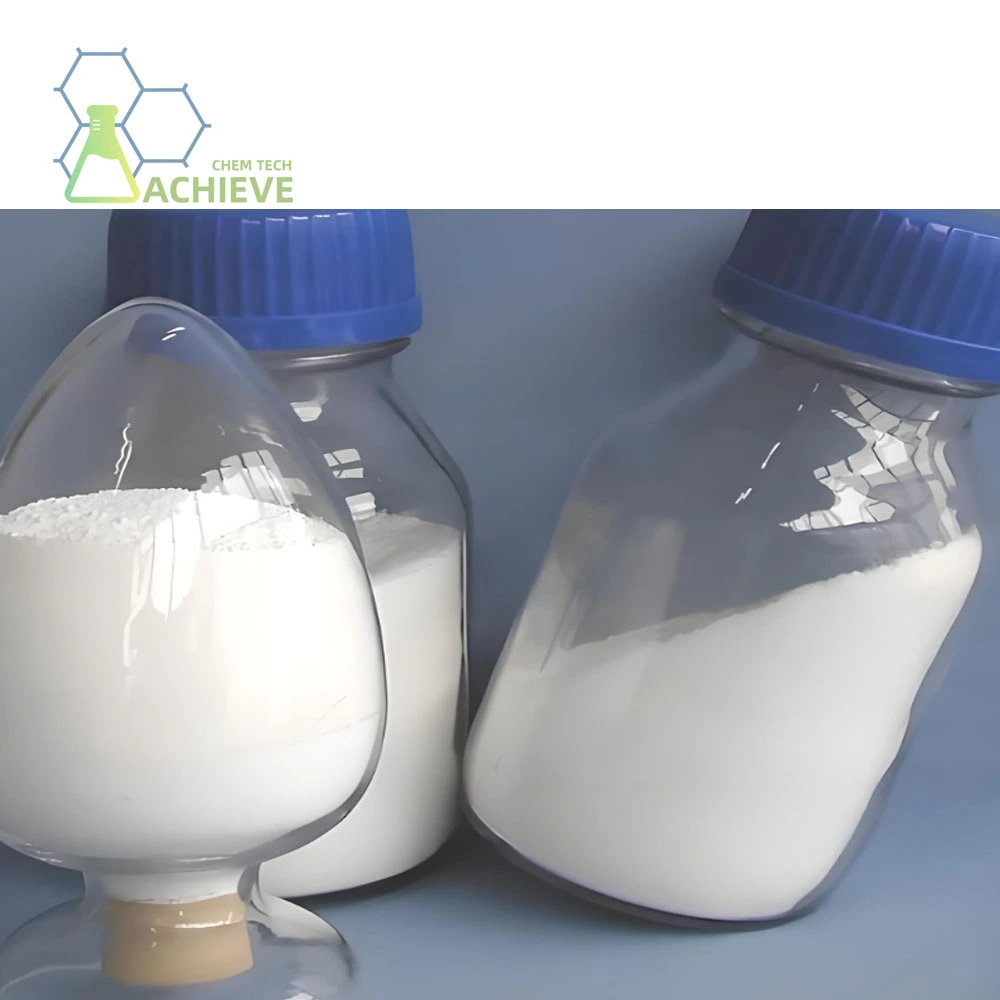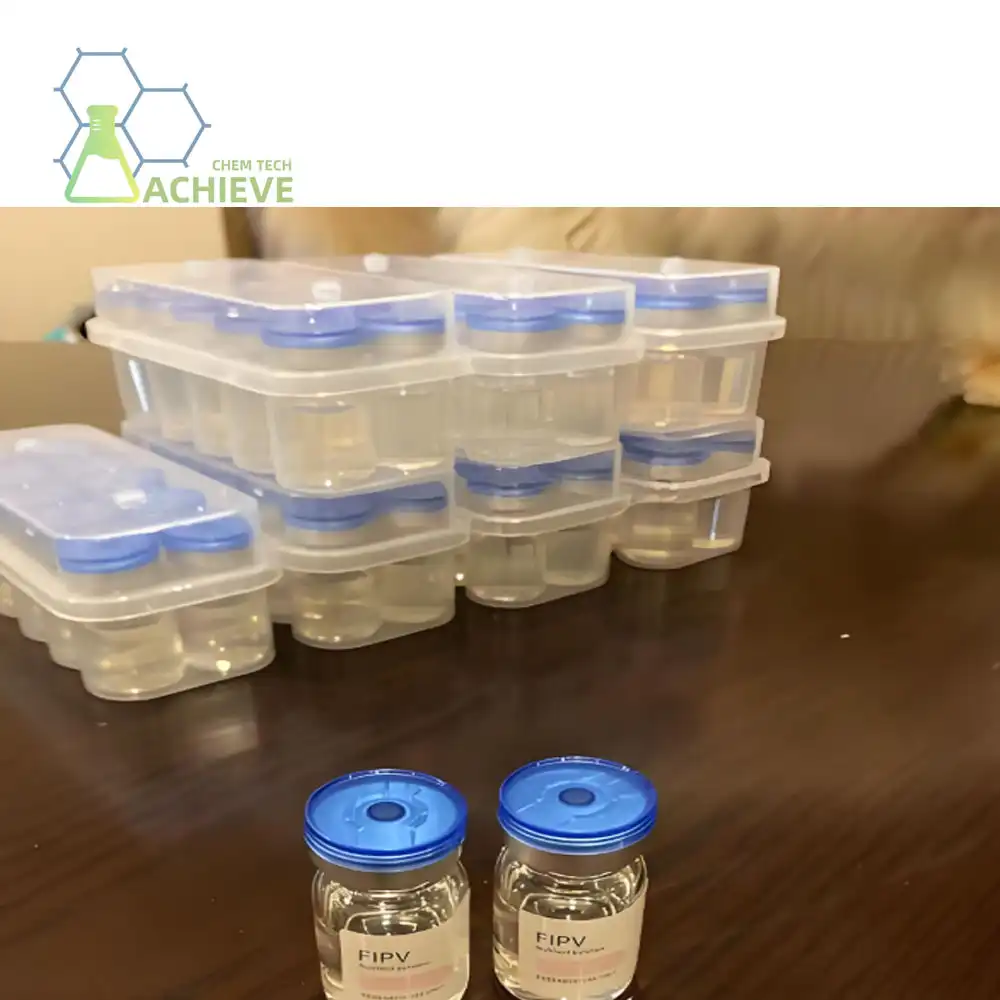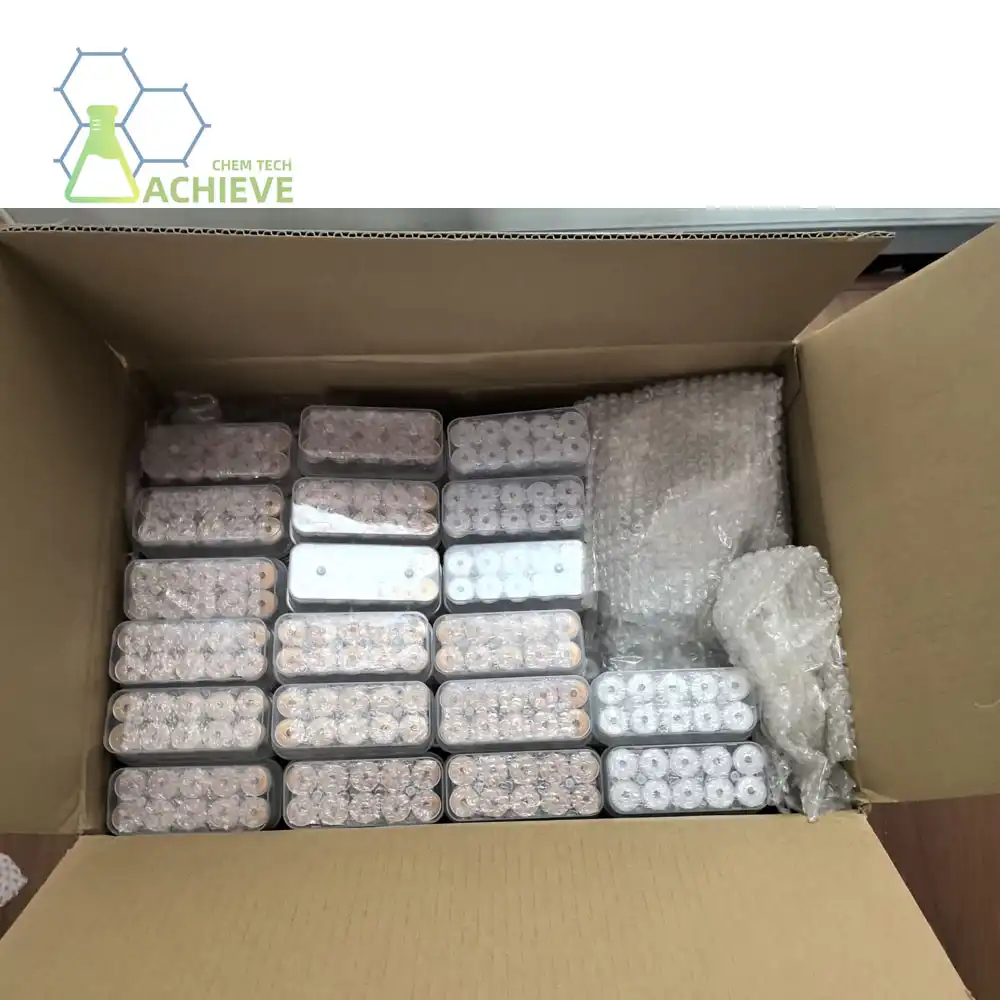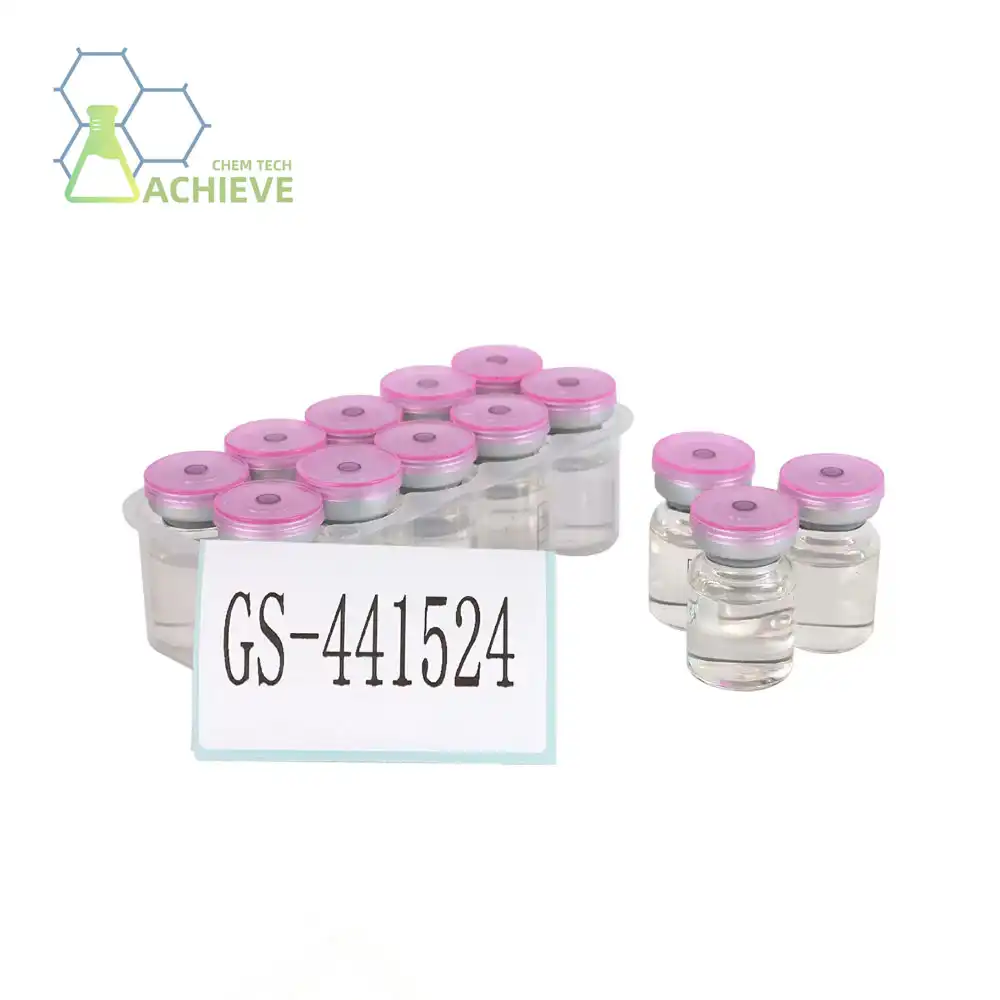What are the safety and side effects of GS-441524?
GS-441524 has emerged as a promising treatment for Feline Infectious Peritonitis (FIP), a previously fatal disease in cats. As more veterinarians and cat owners consider this antiviral compound for treating FIP, it's crucial to understand its safety profile and potential side effects. This comprehensive guide will explore the safety considerations, common side effects, and long-term implications of GS-441524 treatment in cats.
Product: https://www.bloomtechz.com/oem-odm/injection/gs-441524-injection.html
|
|
|
|
Is GS-441524 safe for kittens and pregnant cats?
The safety of GS-441524 in kittens and pregnant cats is a topic of ongoing research and debate among veterinary professionals. While the compound has shown remarkable efficacy in treating FIP across various age groups, special considerations must be taken for these vulnerable populations.
For kittens, the primary concern is the potential impact on their rapidly developing systems. Studies have shown that GS-441524 is generally well-tolerated in young cats, with most side effects being mild and transient. However, veterinarians typically recommend close monitoring and potential dose adjustments for kittens undergoing treatment.
Regarding pregnant cats, the situation is more complex. Due to ethical considerations, comprehensive studies on the effects of GS-441524 on fetal development are limited. Veterinarians often weigh the risks of FIP against the potential risks of treatment when considering GS-441524 for pregnant cats. In many cases, the decision to treat is made on a case-by-case basis, considering the stage of pregnancy and the severity of the FIP infection.
It's worth noting that GS-441524 has demonstrated a favorable safety profile in adult cats, with minimal systemic toxicity observed in clinical applications. This provides some reassurance for its use in broader feline populations, including kittens and pregnant cats, when deemed necessary by a veterinary professional.
Common side effects of GS-441524 in cats
While GS-441524 has proven to be a game-changer in FIP treatment, it's not without potential side effects. Understanding these can help cat owners and veterinarians manage treatment more effectively and ensure the best possible outcomes for feline patients.
1. Injection site reactions: For cats receiving injectable GS-441524, localized reactions at the injection site are among the most commonly reported side effects. These may include:
- Swelling
- Redness
- Pain or discomfort
- In some cases, small nodules or scabs
These reactions are typically mild and resolve on their own. Proper injection technique and site rotation can help minimize these effects.
2. Gastrointestinal disturbances: Some cats may experience mild gastrointestinal issues during treatment, including:
- Decreased appetite
- Nausea
- Vomiting (infrequent)
- Diarrhea
These symptoms are often transient and can be managed with supportive care or temporary dose adjustments.
|
|
|
|
3. Hematological changes: GS-441524 treatment may cause temporary alterations in blood cell counts, such as:
- Mild anemia
- Fluctuations in white blood cell counts
- Changes in platelet levels
Regular blood work during treatment helps monitor these changes and allows for timely interventions if necessary.
4. Elevated liver enzymes: Some cats may show a temporary increase in liver enzyme levels during treatment. This is usually mild and resolves without intervention, but it underscores the importance of regular monitoring throughout the treatment course.
5. Neurological effects: In rare cases, cats may exhibit mild neurological symptoms, such as:
- Ataxia (uncoordinated movements)
- Tremors
- Changes in behavior
These effects are typically dose-dependent and resolve with dose adjustment or temporary treatment interruption.
6. Renal effects: While uncommon, some cats may show mild and usually non-progressive changes in kidney function. This emphasizes the need for regular monitoring of renal parameters during treatment.
It's important to note that the majority of these side effects are mild and manageable. The benefits of GS-441524 in treating FIP often outweigh these potential risks, especially considering the fatal nature of untreated FIP. However, each cat's treatment should be closely monitored and tailored by a veterinary professional to ensure the best balance of efficacy and safety.
Long-term safety of GS-441524 for FIP treatment
As GS-441524 is a relatively new treatment for FIP, long-term safety data is still being collected and analyzed. However, preliminary findings and ongoing studies provide valuable insights into the long-term implications of this treatment.
1. Sustained efficacy: One of the most encouraging aspects of GS-441524 treatment is its ability to maintain efficacy over extended periods. Many cats treated with GS-441524 have shown sustained remission from FIP, with some studies reporting survival rates of over 80% at one year post-treatment.
2. Minimal organ toxicity: Unlike some antiviral treatments that can cause cumulative organ damage, GS-441524 has demonstrated minimal long-term toxicity to major organs. Follow-up studies on treated cats have shown normal liver and kidney function in the majority of cases, even after prolonged treatment courses.
3. Impact on growth and development: For kittens treated with GS-441524, long-term follow-ups have not revealed significant adverse effects on growth or development. This is particularly important given that FIP often affects young cats.
4. Reproductive health: While data is limited, there have been no reported long-term effects on the reproductive health of cats treated with GS-441524. Cats that have undergone treatment have successfully bred without apparent complications.
5. Immune function: Long-term studies have not shown any significant impairment of immune function in cats treated with GS-441524. This is crucial, as a robust immune system is vital for maintaining overall health and preventing future infections.
6. Quality of life: Perhaps most importantly, cats successfully treated with GS-441524 have been reported to maintain an excellent quality of life in the long term. Many have returned to normal activity levels and lifespans comparable to cats that never had FIP.
7. Potential for drug resistance: As with any antiviral treatment, there is a theoretical risk of viral mutations leading to drug resistance. However, to date, this has not been a significant issue with GS-441524 treatment for FIP. Ongoing surveillance and research continue to monitor this potential concern.
8. Need for retreatment: In a small percentage of cases, cats may experience a recurrence of FIP symptoms after completing GS-441524 treatment. These cases often respond well to a second course of treatment, suggesting that the long-term efficacy of GS-441524 extends to retreatment scenarios.
9. Cardiovascular health: Long-term cardiovascular effects have been a concern with some antiviral treatments, but current data suggests that GS-441524 does not pose significant risks to heart health in cats.
10. Neurological outcomes: For cats treated for neurological FIP, long-term follow-ups have shown encouraging results. Many cats have regained normal neurological function and maintained it over time, although in some cases, mild residual deficits may persist.
While these findings are promising, it's important to note that research into the long-term effects of GS-441524 is ongoing. Veterinarians and researchers continue to monitor treated cats and gather data to build a more comprehensive understanding of the treatment's long-term safety profile.
As with any medical treatment, the decision to use GS-441524 should be made in consultation with a veterinary professional, considering the individual cat's health status, the severity of FIP, and the potential risks and benefits of treatment.
Conclusion
GS-441524 has revolutionized the treatment of FIP, offering hope for a disease that was once considered a death sentence for affected cats. While it's not without potential side effects, the overall safety profile of GS-441524 is favorable, especially when weighed against the fatal nature of untreated FIP.
The key to successful treatment lies in proper administration, close monitoring, and collaboration between cat owners and veterinary professionals. As research continues, our understanding of GS-441524's long-term safety and efficacy will only improve, potentially leading to even better outcomes for cats with FIP.
For pharmaceutical companies and research institutions working on antiviral compounds, GS-441524 serves as an inspiring example of how targeted drug development can make a significant impact in veterinary medicine. If you're involved in the development or production of specialty chemicals for the pharmaceutical industry, consider exploring the potential of compounds like GS-441524.
At BLOOM TECH, we specialize in the synthesis and purification of complex chemical compounds, including those used in antiviral research. Our state-of-the-art GMP-certified facilities and expertise in advanced reaction techniques make us an ideal partner for pharmaceutical companies looking to develop innovative treatments. Whether you're interested in bulk purchasing of specific chemicals or need custom synthesis services, we're here to support your research and production needs. To learn more about how we can contribute to your antiviral research or other chemical needs, please contact us at Sales@bloomtechz.com. Together, we can continue to push the boundaries of what's possible in animal health and beyond.
References
1. Pedersen, N.C., et al. (2019). Efficacy and safety of the nucleoside analog GS-441524 for treatment of cats with naturally occurring feline infectious peritonitis. Journal of Feline Medicine and Surgery, 21(4), 271-281.
2. Murphy, B.G., et al. (2020). Treatment of feline infectious peritonitis with the nucleoside analog GS-441524. Animals, 10(8), 1444.
3. Dickinson, P.J., et al. (2020). Antiviral treatment of cats with naturally occurring feline infectious peritonitis using the nucleoside analog GS-441524. Journal of Veterinary Internal Medicine, 34(3), 1287-1295.
4. Addie, D.D., et al. (2020). Feline infectious peritonitis. ABCD guidelines on prevention and management. Journal of Feline Medicine and Surgery, 22(11), 1043-1059.

Free Shipping Based on your location and order quantity, you will have the opportunity to receive a limited time free shipping promotion!

BLOOMTECHZ








